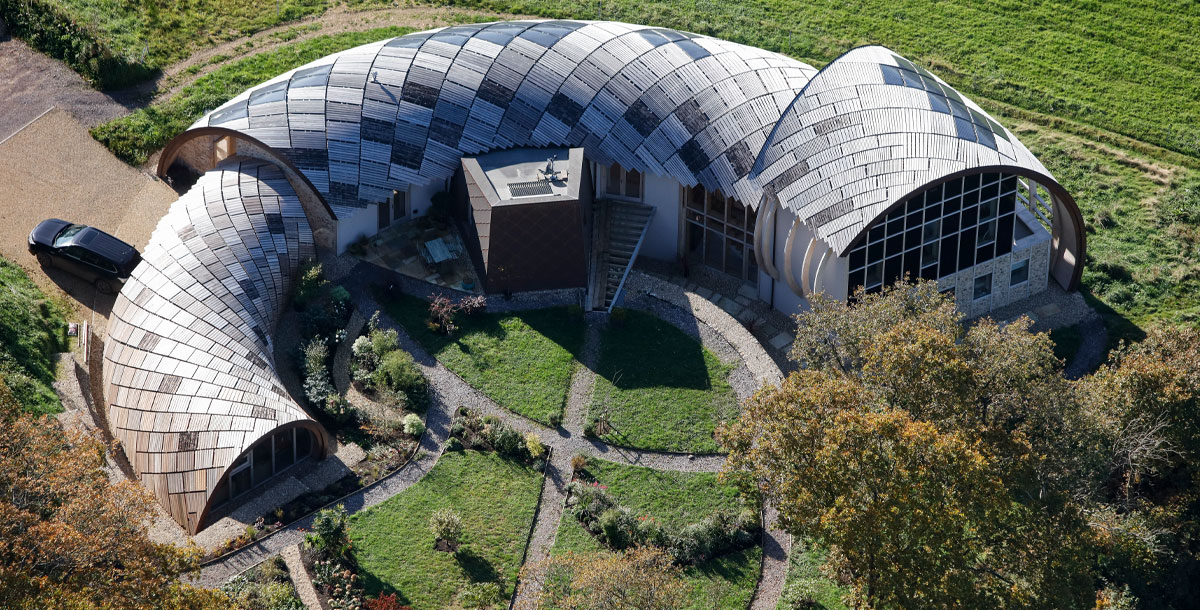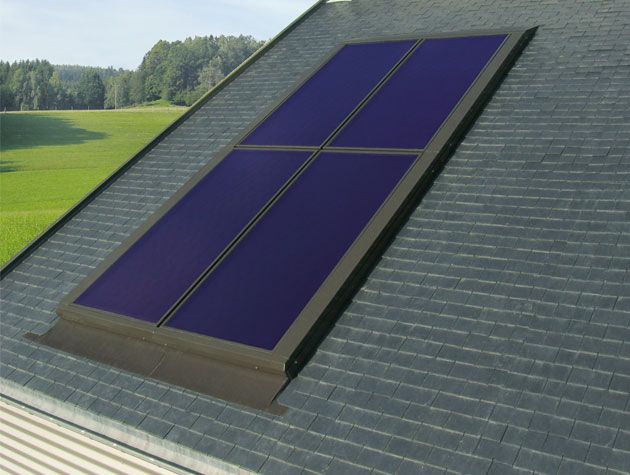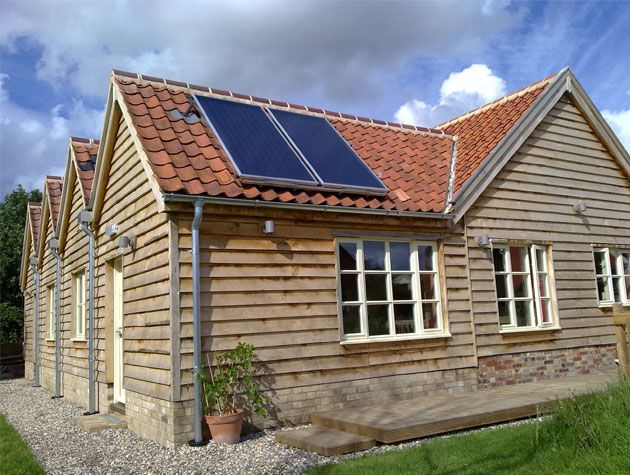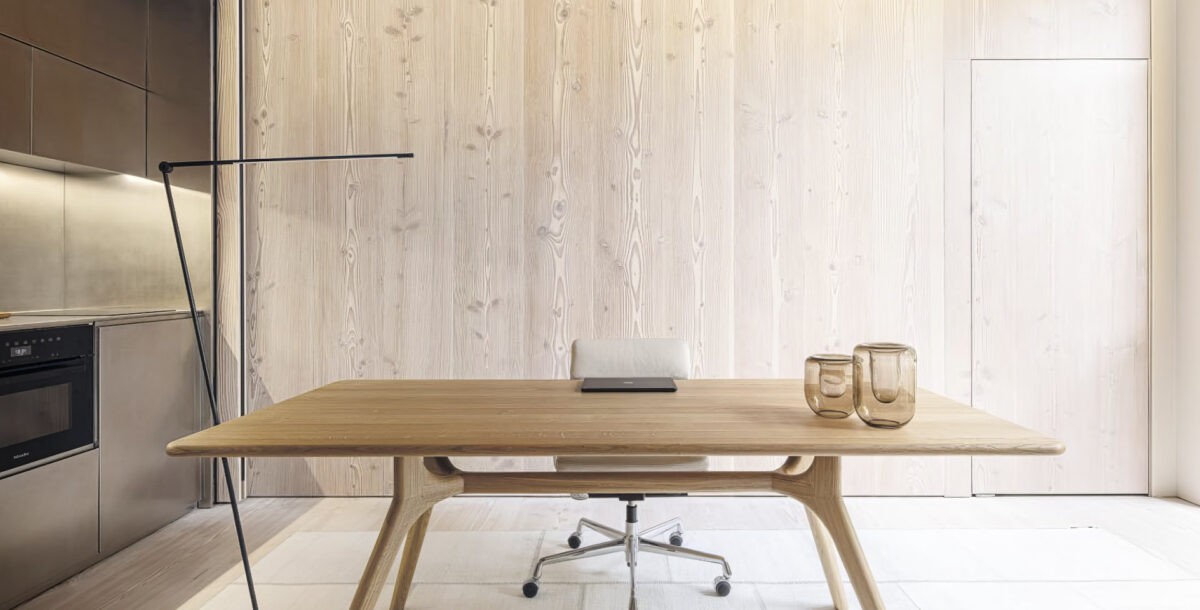5 solar energy systems and their benefits
The renewable and cost-saving benefits of installing solar energy options in your home
One of the most powerful sources of energy is the sun. And with the price of solar energy systems coming down, as energy bills go up, embracing this low-carbon, renewable energy source makes more sense now than ever.
Plus, with the government’s Future Homes Standard – which will require new-build homes to have low-carbon heating and be more energy efficient – due to be introduced by 2025, it makes sense for self-builders to get ahead of the curve.
The most effective way to utilise the sun’s energy is to install solar panels into your home, but with so many different options available it can be difficult to know which solar energy system is right for your property, and how cost-effective it really is.
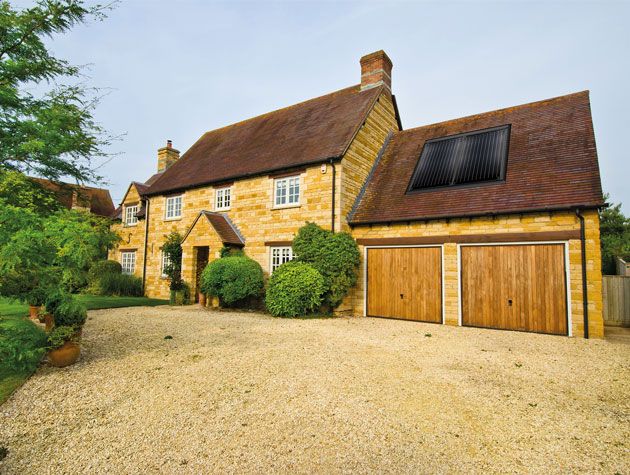
Photo: Greenskies Solar Lifestyle flat plate system by Worcester Bosch
1. Solar PV panels to generate electricity
Solar photovoltaic (PV) panels convert sunlight into electricity to run appliances and lighting. They are made up of cells and their power is measured in kilowatts peak (kWp).
An inverter converts the power collected from a direct current to the alternating current that’s needed to run appliances. A solar battery can store excess electricity generated during the day, so it can be used when the amount produced is low. Costs vary, but solar panels will now set you back about 25% less than they did in 2014. The Energy Saving Trust estimates that a 3.5kWp domestic solar PV panel system will cost around £4,800 and can knock £120-£310 a year off your electricity bill.
Unfortunately, the government’s Feed-in Tariff (FIT) – which earned you money from every kWh of electricity produced – closed in 2019. But the Smart Export Guarantee (SEG) came into effect on 1 January 2020, offering small-scale low-carbon electricity generators (up to 5MW capacity) payment for any surplus energy exported back to the National Grid. Suppliers with over 150,000 customers are obliged to offer a tariff, while those with fewer can partake on a voluntary basis, so look for a supplier that offers SEG.
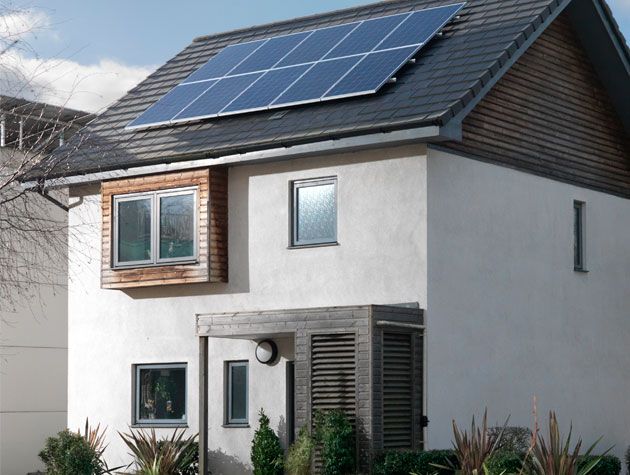
Photo: Rooftop six-panel PV 3kWp system by IKEA Home Solar Business


